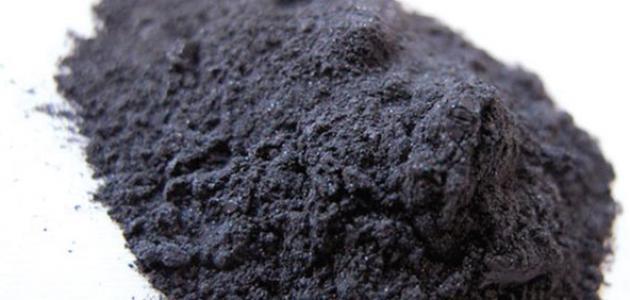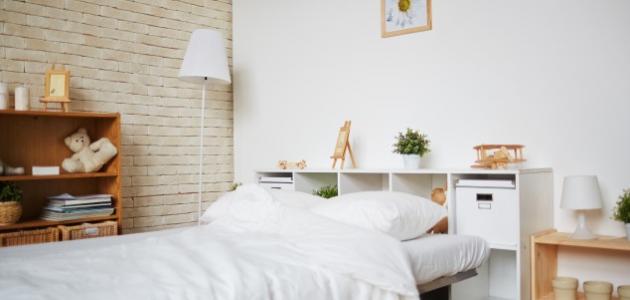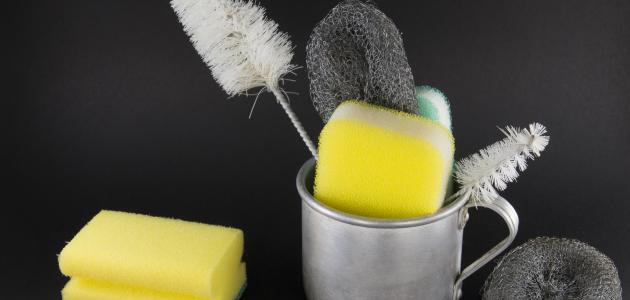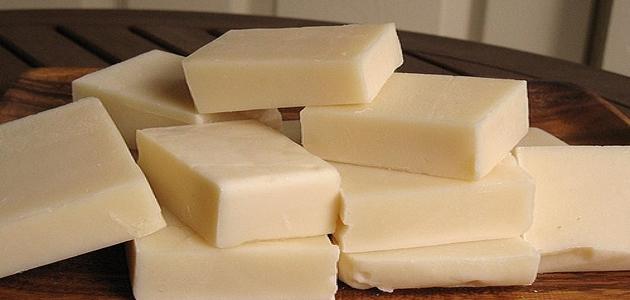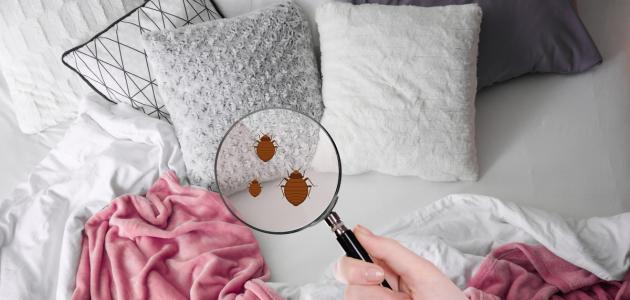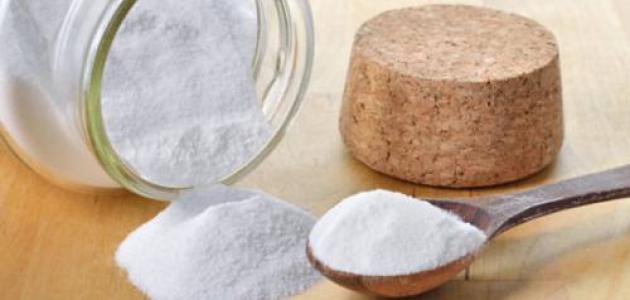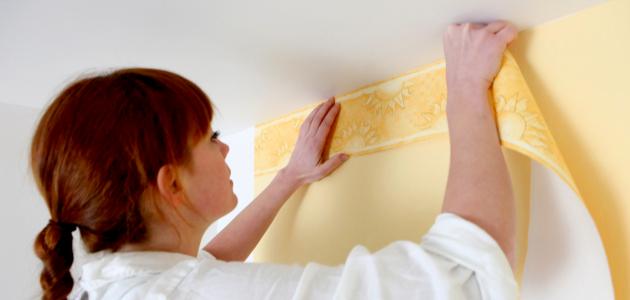Wall paint
Paint has been used since ancient times to color walls and surfaces, and to paint the wood of ships to isolate them from water and others, as the ancient inhabitants began extracting paint colors from natural materials extracted from the earth, including: coal, fat, blood, berry juice, juice extracted from milk and dairy, and others. Then the manufacture of paints developed and became manufactured using special machines that mix different chemical components and mix colors together, so that the paints are liquid inside closed cans and dry when painted, through complex techniques and interactions that result in beautiful walls whose colors are chosen and their degrees are determined according to the person’s request and desire.
How to mix wall paint
A beautiful paint can be obtained in the color a person desires by mixing the primary colors together, namely: red, yellow, and blue, as secondary colors result in them, namely: green, blue, and purple, and in return several other colors can be obtained by adjusting them. , in the following ways:
Mixing primary colors
The primary colors, which include: red, yellow, and blue, are mixed in the following way:
- Materials used:
- Coating knife.
- Small mixing brush.
- A bowl for mixing paint.
- How to use:
- get green: By joking the yellow and blue colors in equal amounts, and mixing them using a mixing knife; To obtain a homogeneous green paint, the color temperature can be changed by changing the degrees and amounts of these two colors, for example: using a warm yellow-orange color and combining it with a warm blue-violet color to produce a dark green color, while using cold yellow and blue colors will produce a bright green color.
- get the orange color: By mixing red and yellow colors together, and manipulating the degrees of red whose cold degree tends to be purple, while the warm ones tend to be orange, and bright orange is produced by mixing orange-red with warm yellow.
- Get the color purple: It is a mixture of blue and red colors together, and its degree is chosen through the degree of cold blue that tends to green, or warm that tends to purple, for example: mixing cold red and warm blue will produce bright purple, while mixing cold blue with warm red will produce faint purple.
Adjusting the paint colors
Home paint colors can be modified through the following methods:
Read also:Recycle water cans- Lighten the colorColor shades can be made lighter and reach the desired degree by adding white, and it is preferable that the gloss of the white paint be equal to the gloss of the paint to be lightened to get the best results.
- darkening of the color;: By adding black or dark gray to it, where black is added to darken the dark colors, and gray to darken the lighter ones, but the person must pay attention and try to stay in the shades of the original color, and not deviate from it significantly, for example, such as converting the very light sky blue color To a very dark navy color, so that it looks very difficult.
- Intensify the paint colorThis means making it more vibrant and clear, by adding more of the primary color, for example, to make the flesh color more vibrant, yellow or orange is added to it.
- Calm paint color: That is, reducing the intensity of the color, and making it more calm, by adding complementary colors to it, for example, to calm the yellow color and make it more neutral, the complementary color violet is added to it.
- Change the hue or tone of the color: As the tones are divided into cold and warm, and they are changed based on the original color components, for example the green color is a mixture of yellow and blue as mentioned previously, and it can be made warmer by adding yellow to it to produce the green color of algae, while it can be cooled by adding cold blue to it to result in The bluish sea green color, and here it is necessary to look at the color scheme (color wheel); To know the primary, secondary and complementary colors mentioned above.
Tips when mixing wall paint
There are some important tips that are recommended to be followed when mixing paints at home, to get the best result, including the following:
Read also:How to tailor a dress- Choosing the same brand when you want to mix two different colors of paint; As mixing different types of paint may cause the paint to clump and separate in the paint bucket after mixing it, or to obtain inhomogeneous paint on the wall.
- The use of paint according to the purpose for which it was designed, for example, exterior paints are made to resist moisture, water, air and weather factors, and are made of solvent and volatile materials that dry quickly in the open air so they do not emit unpleasant odors outside, and on the other hand when used indoors, they may emit irritating odors, The interior paints are also designed to withstand those stains that may stain the interior walls of the house.
- Pay attention to the shades and tones of color before starting to mix them, as mixing colors with each other may produce chaotic, inconsistent paints, and previous information that clarified the results of mixing some colors together can be used.
- Mix the colors well and make sure they are fully integrated by moving them with a stick and turning them for 2-3 minutes in a row until they are well mixed.
- Mix a small amount of paint as an experiment before mixing cans and large quantities together.
- Avoid using mixed types of paint on pieces and valuables, so that companies continue to insure them, and their documents are not invalidated due to the use of a new mixture by the user.
How to take care of wall paint
It is advised to follow the following guidelines for taking care of and preserving wall paint, including:
Read also:Shisha damage- Let the wall dry well after painting it, and it is preferable to leave it for a whole week when the climatic conditions are not suitable and do not help it dry quickly.
- Avoid using abrasives, harsh solvents, or harsh scrub brushes, which can damage walls and paint and cause shiny spots.
- Washing the walls once every two years to preserve the life of their paint, and to remove dust and dirt stuck on them.
- Keeping a quantity of paint used on the walls of the house, or a sample of it; To make it easier to get it when needed, or to use it when spots are small and simple.
- Clean the walls properly, especially when there are sticky stains on them, by following these steps:
- Mix an appropriate amount of non-harsh household cleaners in a bucket of warm water.
- The area that contains stains is rubbed using a soft brush, and it can be replaced with a soft cloth.
- Wash the wall using a clean water hose, and let it dry naturally.

